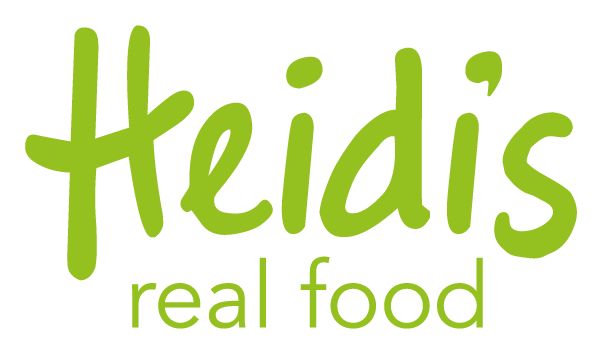This article appeared in Total Food Service on December 20, 2019.
Wesleyan College Dining Hall slide bar, catered by Bon Appetit
Climate change is real and happening fast. As food service providers you play an outsized role in how you can help. The food system that supplies us all— production, consumption, transportation, waste— is the single biggest driver for environmental degradation, climate instability, poor health and living beyond the boundaries of our planet.
Almost all the information that follows is gathered from the EATLancet Commission, a commission of 37 leading scientists across the globe brought together to establish guidelines for feeding 10 billion people within the confines of our planet in light of climate change. They had four main areas of focus: what foods make sense to produce, what foods we should be consuming, how to get this food to the people that need it and how not to waste food along the way.
Production
What we choose to produce and how we produce them is huge. You might feel this is out of your control but it’s not. Production is driven by demand. Look to limiting purchases of products that cause deforestation, are water intensive, create bio-waste, and are transportation intensive. This includes all meats and dairy, palm oil and highly processed products. When you reduce your spends in these categories, you vote with your dollars. It might not be gratifying today or tomorrow but accumulated over the years, your choices will have an effect on what foods are grown and how.
Consumption
As food service providers, this is the area you can shine. A meal plan for the health of humans and the planet is ½ fruits, vegetables and nuts, ½ plant proteins with some healthy fats and modest amounts of meat, dairy and starch. By setting realistic goals of reducing meat and dairy spends, you can make a difference against climate change. Education is a key component. Take a leadership role and educate your clients and customers why you are offering these choices. Your responsibility is even more dire in the K-12 segment. With life spans decreasing, due to chronic diseases and obesity, children should be introduced to a healthy planet diet as soon as possible.
Transportation
Transportation is tough to improve on. We all know how the distribution and supply chain works. We are limited. Buying local is great but it won’t give you everything you need. The best hope is that the behemoths like Sysco, US Foods and UNFI are able to convert to non-fossil fuel vehicles, sooner rather than later. Fingers crossed.
Waste
One third of the food produced is wasted. This is completely preventable. First of all, there are companies like Full Harvest Technologies, which allow large food service providers to buy blemished produce on an online marketplace. Once you receive your food deliveries, every food service company watches their waste because it affects their bottom line. But we all know there is still waste…lots of it. Edible food can be donated daily by contacting national agencies that will connect you with organizations that will pick up your food. Thanks to a Good Samaritan Food Donation Act, food donation is easy. Any food that can’t be donated should be composted as an organic asset to be returned to the earth. Organic waste is not garbage, it’s an asset that should be reused whenever possible.
So what does this all mean? It means as food service providers you should be focusing on a global planetary health diet.
There is projected to be 10 billion people by 2050. If we want a healthy population and a healthy planet that counters the effects of climate change, we need to start making smart choices now. Be a leader, be the change and build a healthy future.

